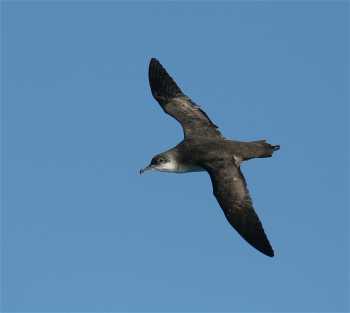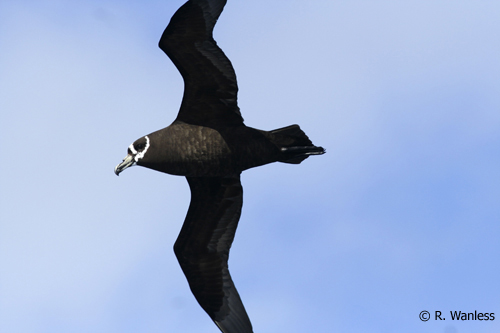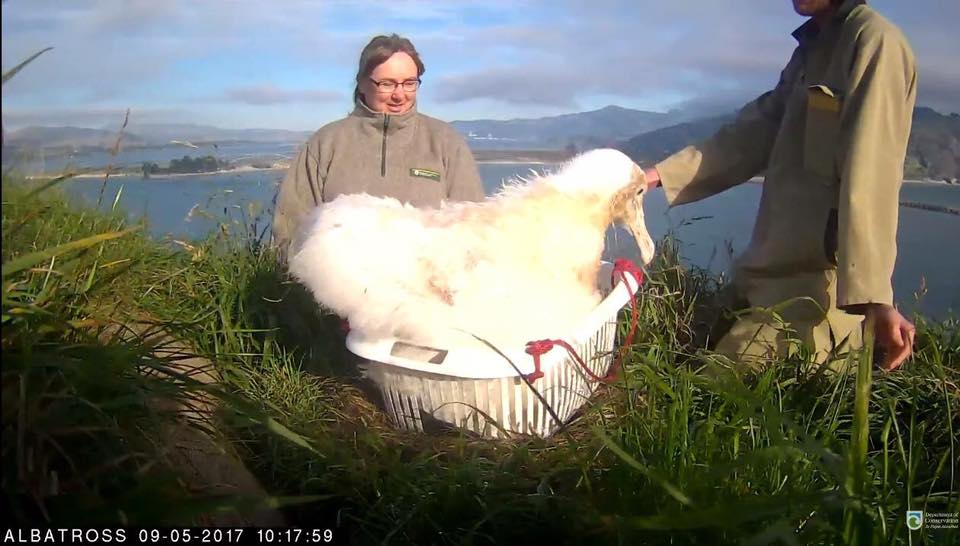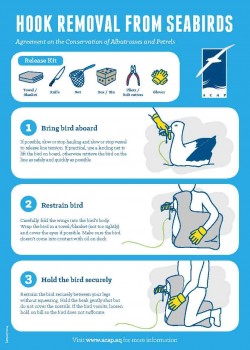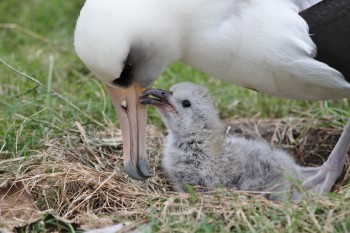Marie Claire Gatt (Centro de Estudos Do Ambiente E Do Mar, Universidade de Lisboa, Portugal) and colleagues have published in the Journal of Ornithology on where female Yelkouan Shearwaters Puffinus yelkouan (globally Vulnerable) go to make their eggs.
The paper’s abstract follows:
“The pre-laying exodus (PLE) is considered a crucial period in the breeding biology of Procellariiformes as it determines the success of egg production within a season and, therefore, a population’s reproductive output. However, it has scarcely been studied compared to other stages of the annual cycle. Here we present the first pre-laying tracks of the vulnerable Yelkouan Shearwater (Puffinus yelkouan) through the Global Positioning System tracking of birds breeding on the Maltese islands in the Central Mediterranean, and compare PLE core utilisation areas to known areas used during the chick-rearing period. Females spend, on average, 13 days foraging during egg development, reaching an average maximum distance of 325.5 km from their breeding colony to forage at offshore areas mainly south of the Maltese islands; these journeys are of longer duration and cover a greater distance than those undertaken by males, and by females that are not developing an egg, during the same period. There is little to no overlap between the PLE core utilisation areas and those used during chick-rearing by the same populations. This confirms our expectations that the PLE differs from foraging trips undertaken outside of the egg development period. Our results highlight the need for more research into the factors attracting egg-producing females to the PLE foraging areas and the importance of trans-boundary marine protection for the conservation of vulnerable seabirds.”
Yelkouan Shearwater at sea, photograph by Alex Olle
Reference:
Gatt, M.C., Lago, P., Austad, M., Bonnet-Lebrun, A.-S. & Metzger, B.J. 2019. Pre-laying movements of Yelkouan Shearwaters (Puffinus yelkouan) in the Central Mediterranean. Journal of Ornithology doi.org/10.1007/s10336-019-01646-x.
John Cooper, ACAP Information Officer, 10 April 2018

 English
English  Français
Français  Español
Español 